Time Periods
Paleolithic
Mesolithic
Neolithic
Chalcolithic
Bronze Age
Iron Age
Classical Period
Post-Classical Period
Early Modern Period
Industrial Period
Contemporary Period
Time Periods
Paleolithic
Mesolithic
Neolithic
Chalcolithic
Bronze Age
Iron Age
Classical Period
Post-Classical Period
Early Modern Period
Industrial Period
Contemporary Period
Location
About
Isla del Sol, located in Lake Titicaca, Bolivia, is an archaeologically significant site with evidence of continuous human occupation from around 2200 BCE to the present. The island is renowned for its rugged terrain, agricultural terraces, and over 80 ruins primarily from the Inca period in the 15th century CE. Early Preceramic remains indicate early human presence, with evidence of cultural continuity through the Early, Middle, and Upper Formative periods, eventually giving rise to a significant Tiwanaku settlement. The island's transformation into a major Inca pilgrimage site underscores its religious and cultural importance. Key archaeological features include terraced agriculture, temples, and rock shelters, reflecting the complex interaction between human settlement and the natural environment over millennia.
Gallery
Explore photographs of ancient structures, artifacts, and archaeological excavations at Isla del Sol
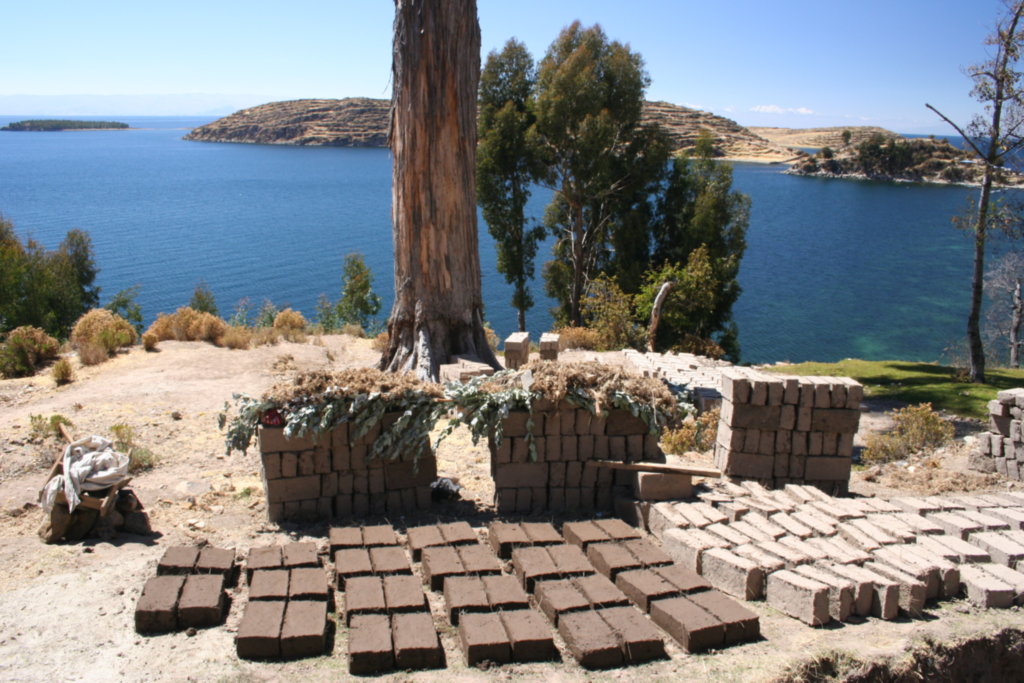
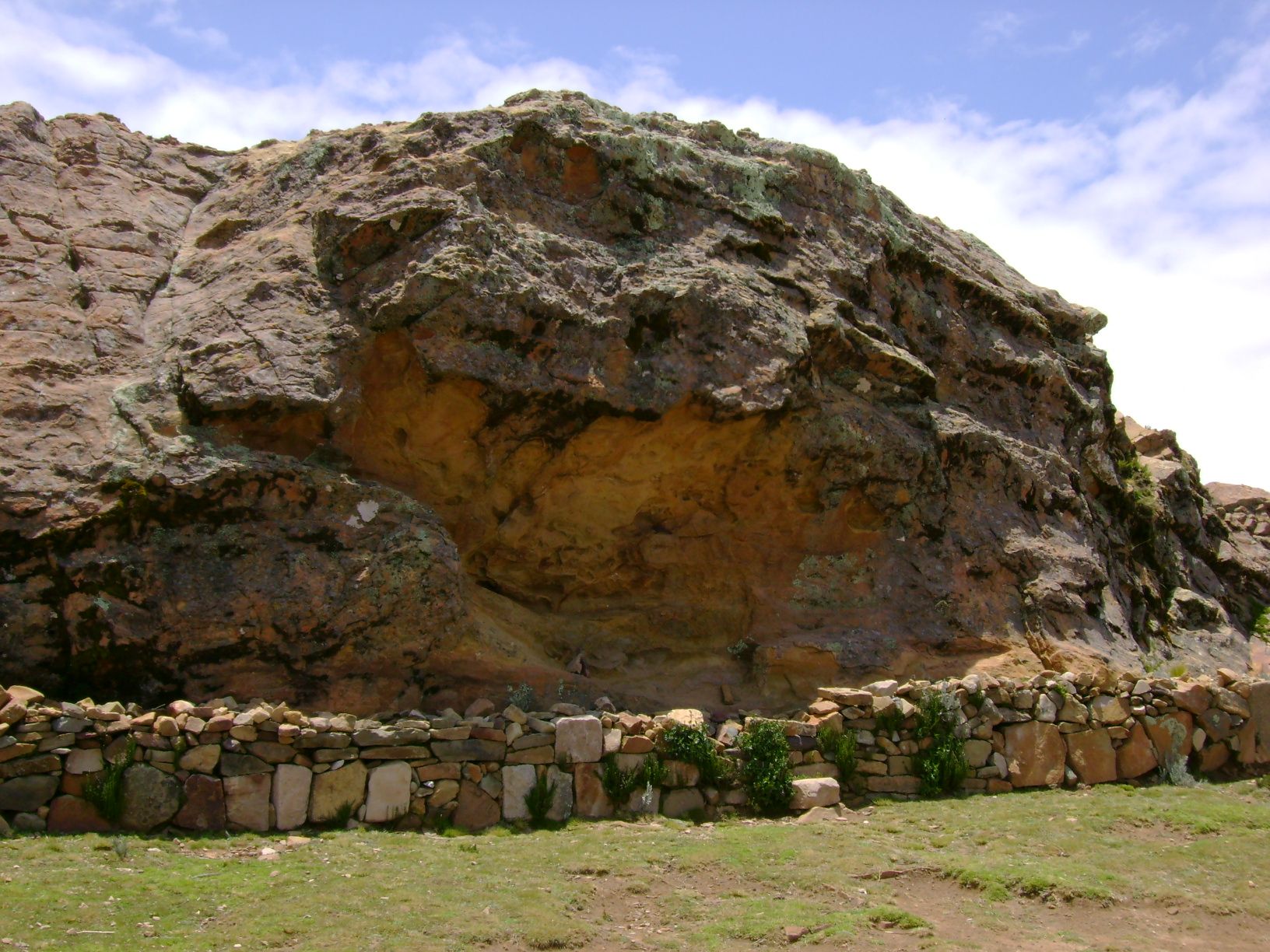
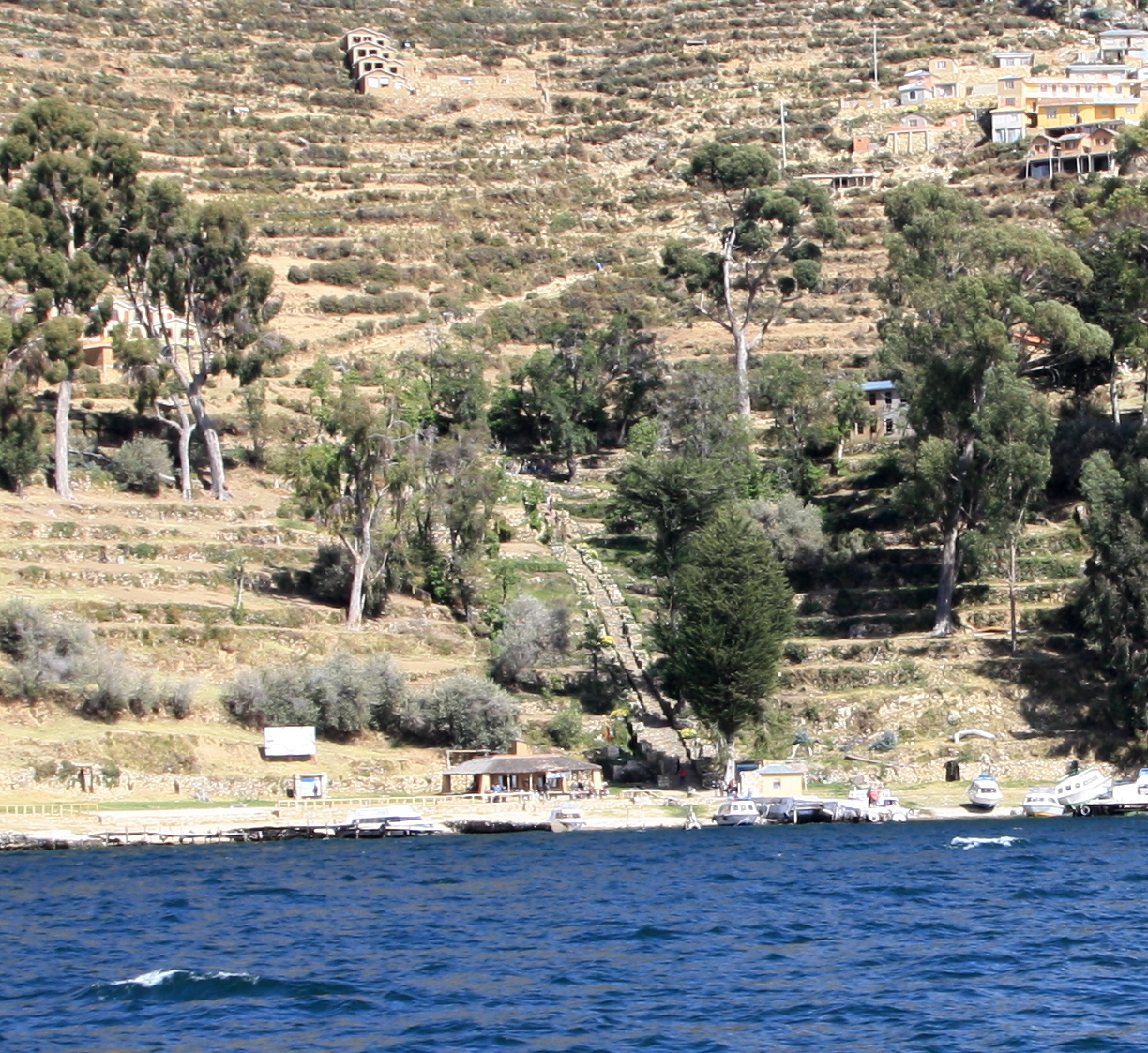
Archaeological Features
Explore the unique architectural and cultural elements found at this historical site
Miscellaneous Features
Religious and Ritual Structures
Agricultural and Land Use Features
Environmental and Natural Features
Historical Timeline
Journey through time and discover key events in this site's archaeological history
Frequently Asked Questions
Discover key insights about this historical site's significance, excavation history, and archaeological findings
Plan Your Visit
Details
- Country
- Bolivia
- Source
- Wikipedia
More Sites in Bolivia
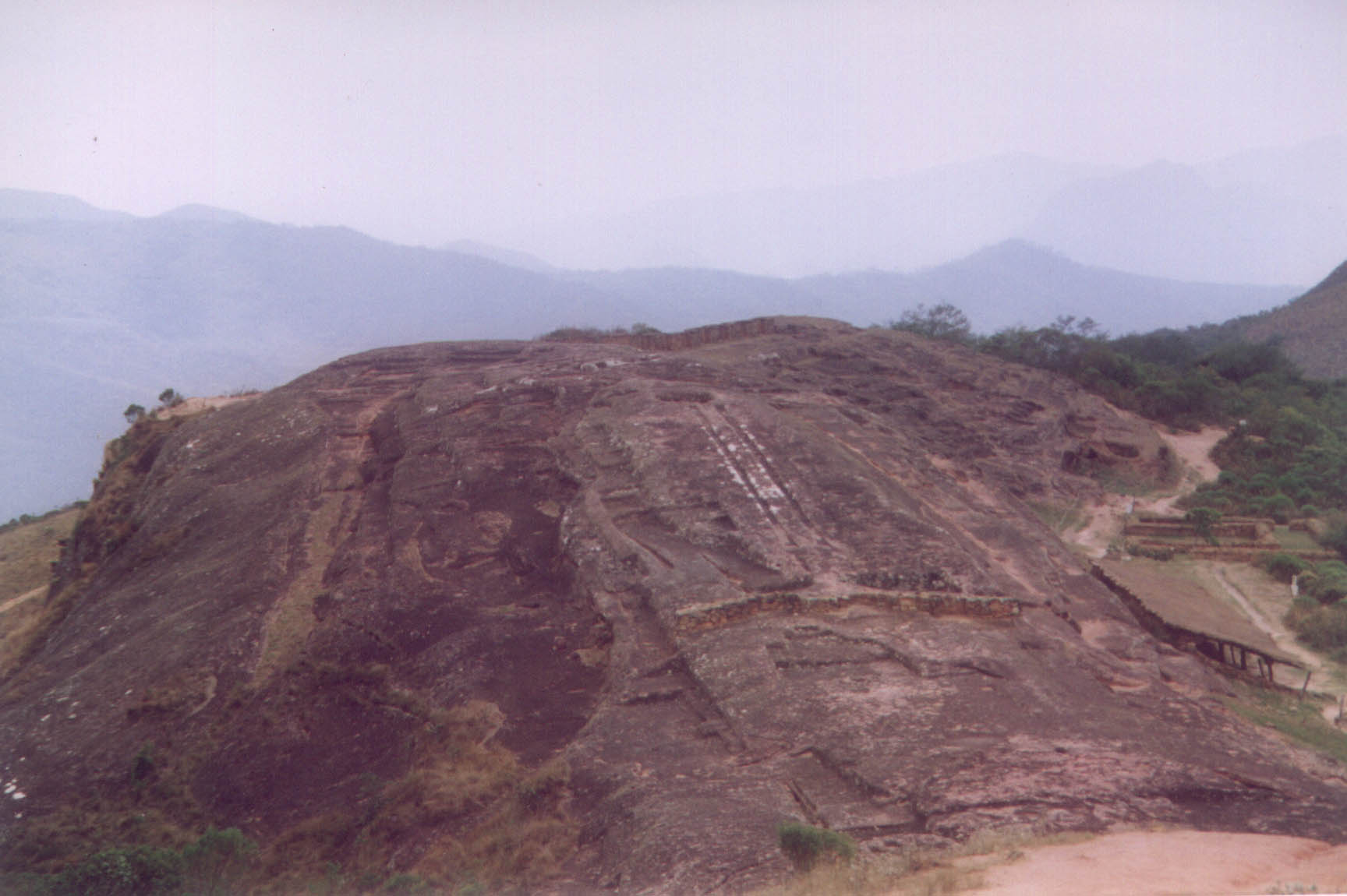
El Fuerte de Samaipata
Pre-Columbian ceremonial and residential complex
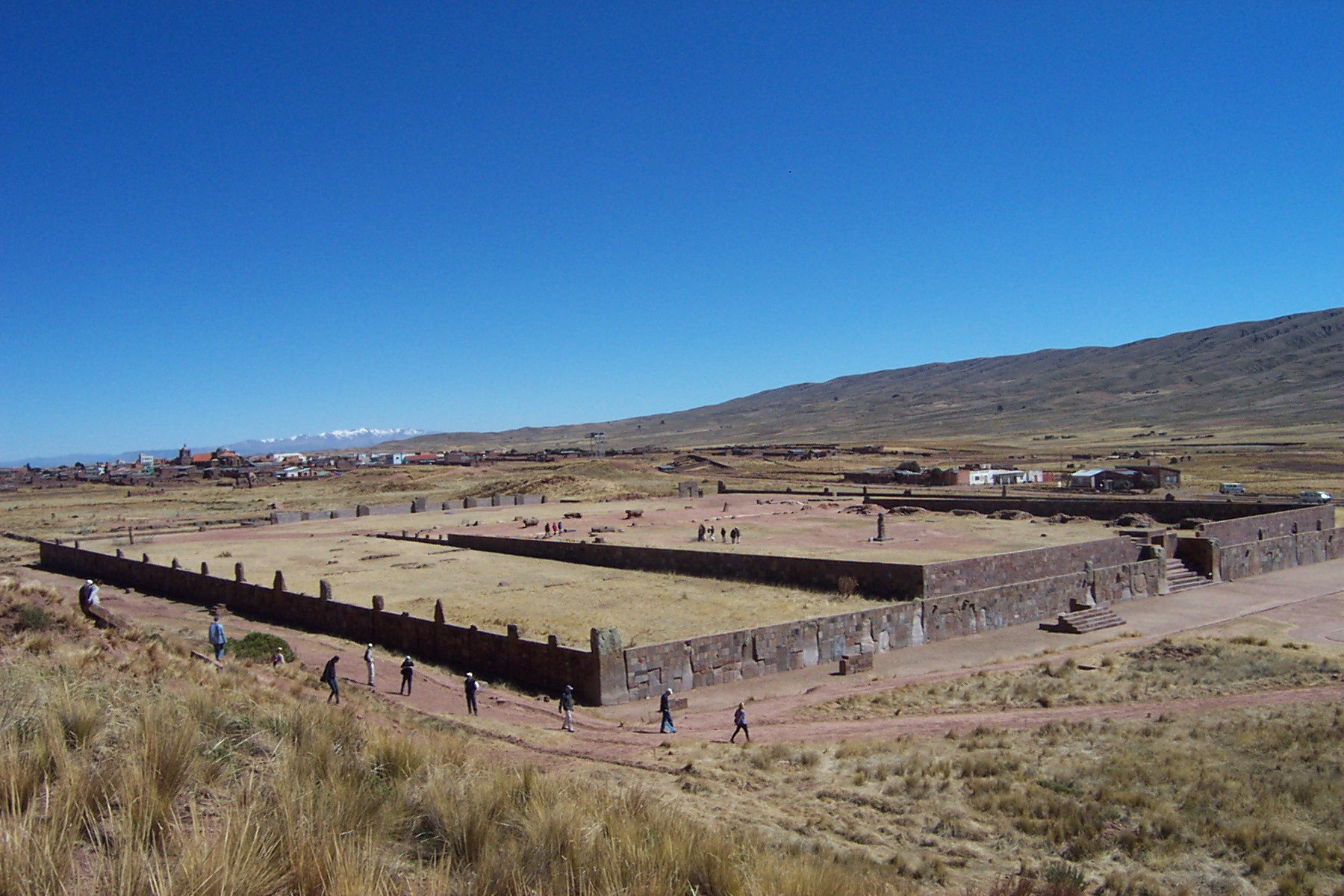
Kalasasaya
Large stone platform with sunken courtyard
Iskanwaya
Pre-Columbian Mollo culture mountaintop settlement
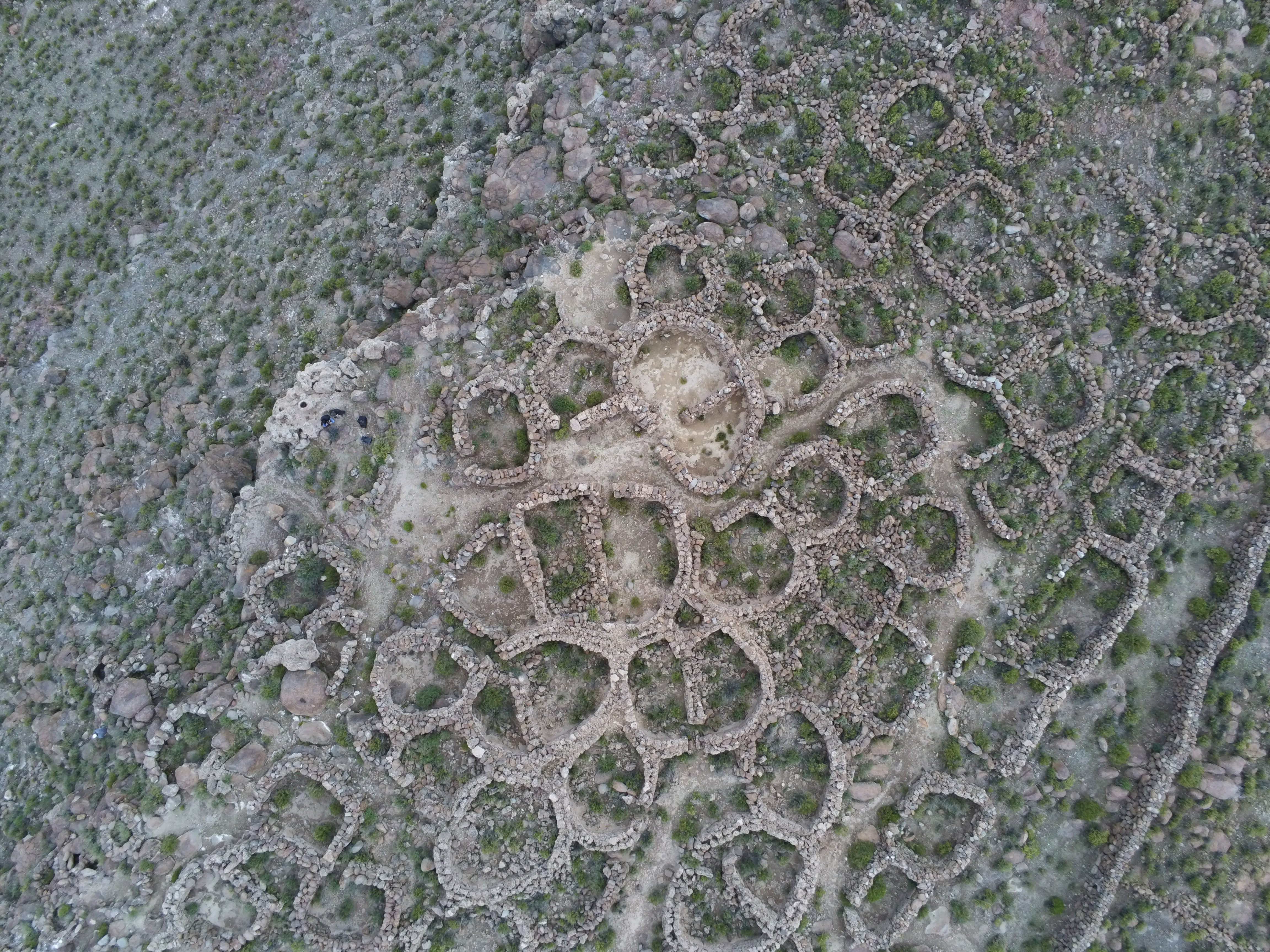
Laqaya
Ruins of ancient building in Bolivia.
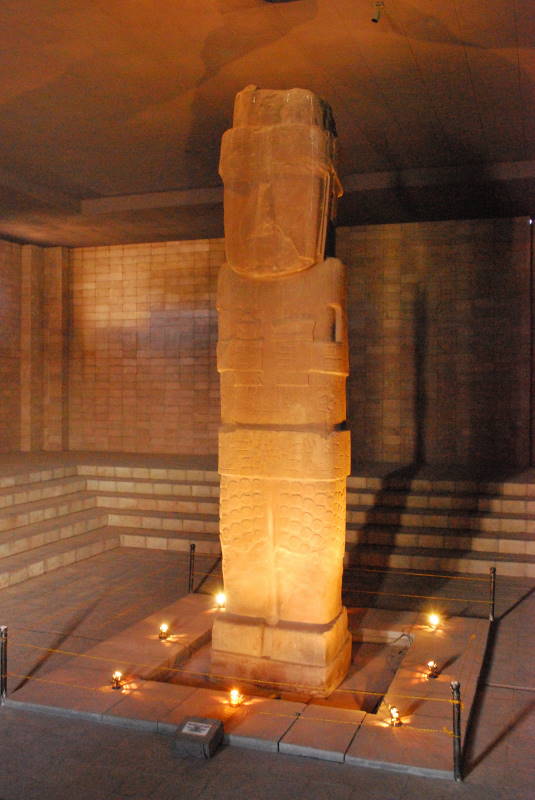
Tiwanaku
Pre-Columbian Andean city with monumental architecture.
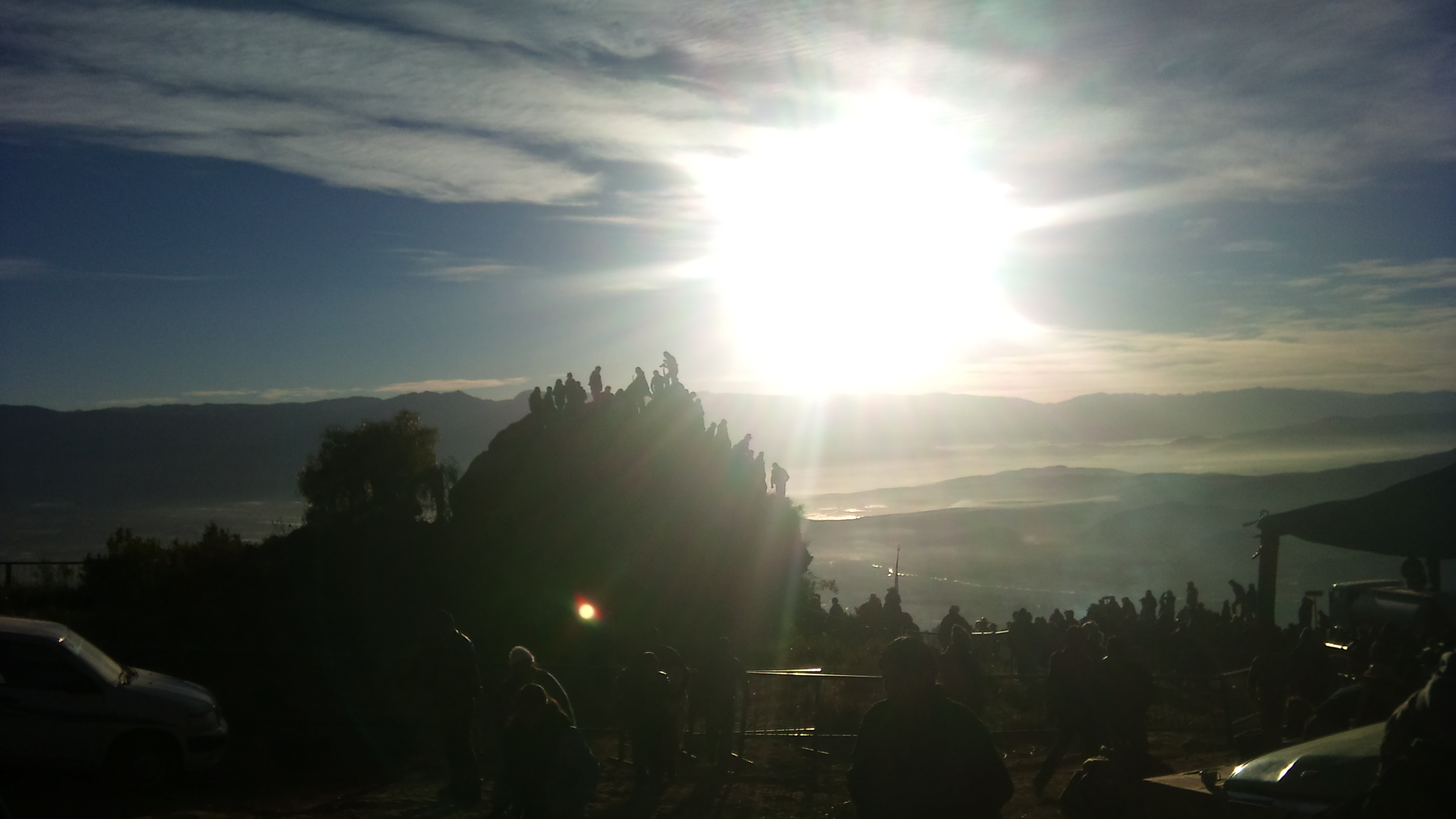
Inka Raqay, Bolivia
Ruin with walls, no roof, laborers' dormitory.